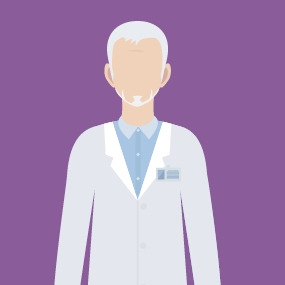Medical Workforce Census Report 2020
The College 2020 census data collection was completed just before the pandemic struck. The specialty of anaesthesia will remain at the centre of our response to this virus, so we need to invest in the workforce, keeping these highly skilled doctors fit, healthy and ready to deal with further surges. Ensuring that there are enough anaesthetists is a key part of that strategy and to do that we need to know where we are now.
Summary of main findings

Results showed that the consultant workforce in the UK had reached 7,959, growing at an average 2.1% per year since 2007.
Specialty and associate specialist doctors (SAS) and trust doctors
SAS and trust doctor numbers are unchanged compared with the 2015 census, despite an increase in service demand, which is likely to continue to grow, and an increase in workforce gaps.

Female consultants make up 38% of the workforce in 2020, compared with 28% in 2007. Similarly, the SAS doctor workforce is now 39% female compared with 35% in 2010.

More consultants are now working beyond the age of 60 years, up from 5% in 2015 to 7% in 2020. The 50 plus age group is now 39% of the workforce, compared with 31% in 2007.

Just over 90% of departments had at least one consultant vacancy. There were 680 vacant consultant posts and 243 vacant SAS doctor posts in the UK.
The funded workforce gap in the consultant workforce continues to rise from 4.4% in 2015, 5.4% in 2017, 6.9% in 2018 to 8% in 2020.
Although the overall funded gap was 8%, there was variation between the devolved nations: 7.7% in England, 4.8% in Northern
Ireland, 7.7% in Scotland and 11.8% in Wales.
The real gap rose to 11.8% for consultants and 18.4% for SAS doctors (clinical directors reported how many additional posts
[aspirational gap] were required to meet demand).

There were 173 anaesthesia associates recorded as part of the census. The University of Birmingham reported in 2020 that 205 have qualified.

There were 4,311 trainees of various grades (core training years 1-3, acute care common stem anaesthesia, specialty training 3-7, clinical research fellows, Post Certificate of Completion of Training fellows) who should reach Certificate of Completion of Training (CCT) over the next five to eight years.

An additional 349 anaesthetists were on various forms of long-term leave. There were 380 consultant locums and 100 SAS doctor locums.

34% of departments had a policy for senior consultants to come off the on call rota compared with only 7% having a policy for senior SAS doctors.

1,133 consultants (14% of all consultants – range 4% in London to 19.4% in Scotland) reduced their programmed activities as a result of the pension tax changes.

Of 198 departments that had advertised a consultant post, 103 (52%) had been unable to appoint. Intensive care medicine is disproportionately represented in the posts where recruitment failed. Of the 172 departments that had advertised an SAS doctor post, 67 (39%) had been unable to appoint.
